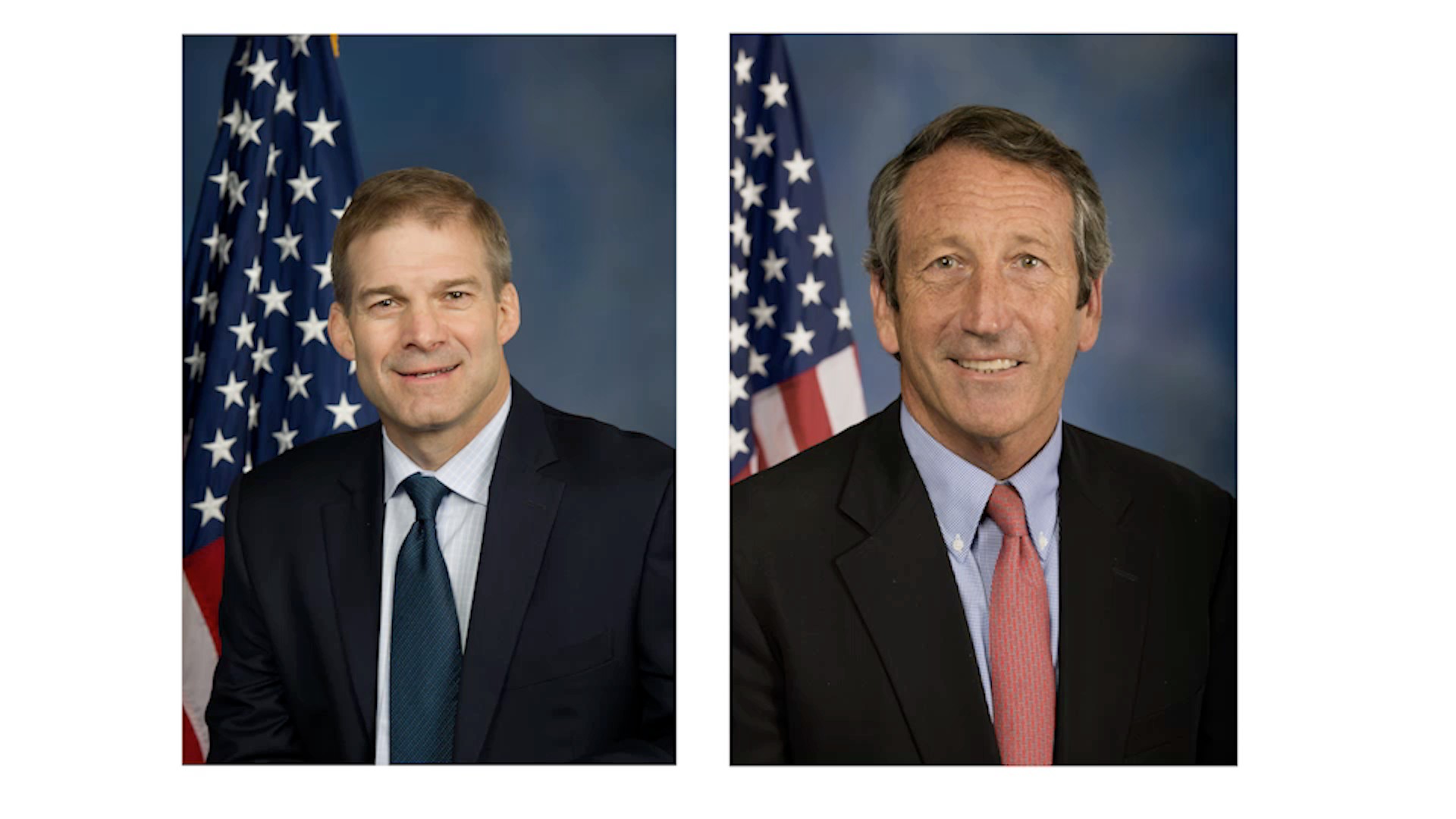Image via Flickr user LaDawna Howard
Pull out your laptop, paystubs, and social security card, It's November 1, and that means it's go-time for open enrollment under the Affordable Care Act.If you haven't heard, it's probably not your fault. The Trump administration has been running a pretty remarkable smear campaign against the Obama-era legislation responsible for dropping the uninsured rate to 9 percent, and allowing nearly 20 million Americans to access health care.On August 31, the Health and Human Services Department announced plans to slash the ACA's advertising budget from $100 million to $10 million. That 90 percent cut has lead to virtual radio silence from government sources as enrollment gets underway. To make matters worse, HHS also cut funding for the nonprofits and health clinics responsible for ACA outreach by as much as 98 percent. That means serious staffing cuts, especially for Navigators, the people responsible for in-person enrollment assistance. This program saw a 41 percent cut across the board.In the last week of September, the department took it one step further by announcing plans to pull all federal support and funding for state enrollment events. For state organizers already stretched thin on funding, that means jumping into enrollment season without the help of the regional directors and staff who had previously helped coordinate enrollment efforts and events. Pair these promotional rollbacks with an anti-enrollment campaign funded in part by tax dollars intended to support enrollment efforts, and it's really no wonder that enrollment is expected to drop this year.Even if you're behind on the enrollment game, it's not too late to make sure you get covered. Here's what you need to know as you prepare to shop the Healthcare Marketplace this year.
Check out more videos from VICE:
Yep, you read that right. On top of everything, the Trump administration has cut open enrollment by about six weeks, with enrollment shutting down on December 15.Another change. The administration says they'll be pulling down the site for about 12 hours, five out of the sixth Sundays included in the period for "routine maintenance." Plan your weekend registration party accordingly.A tighter registration window means that everyone who's already covered under the ACA will be automatically re-enrolled after the open enrollment period. This means you'll be stuck with your previous plan by December 15 if you don't take action. This is different from last year, where consumers were automatically re-enrolled by January 1, but had until the end of the month to switch their plans. Shop now, or forever hold your plan.If you live in one of these 15 states you might be lucky enough to have a longer registration period, and you won't apply through healthcare.gov. Check out your state's Marketplace website to find your deadline.Republicans tried to toss out the ACA multiple times this year, promising an end to enrollment penalties. But they failed, and Obamacare continues to stand as law. That means you may still need to pay a fee if you fail to get yourself covered. For 2016 and 2017, the penalty was either 2.5 percent of your household income or $695 per uninsured adult, with the fee siding with whichever option cost you more.The website will then lead you through the process step-by-step as you describe your household, income level, and other identifying information.This information will determine your eligibility for financial assistance to lower your monthly premium. After that, it's time to get shopping! Check out plans based on your financial needs and health priorities to find a plan that works for you. If you'd prefer to register offline, you can register over the phone by calling the Marketplace Call Center at 1-800-318-2596, mail in a paper application, or make an appointment with a Navigator near you to get some one-on-one assistanceThe insurance market has been pretty shaken up in the wake of all these ACA rollbacks and fakeouts, so it's more important than ever to make sure you're qualifying for as much financial assistance as possible. Checking in on your account will keep you from auto-enrolling into a plan that may no longer be your best fit.The best way to fight federal attempts to sabotage open enrollment is to find out if you qualify for coverage, and enroll if you do . Then, it's all about getting the word out about open enrollment to your friends and family. Get America Covered makes this easy , with sharable social graphics, easy to understand fact sheets, and an email list serve.
Advertisement
"[The Trump Administration] hasn't really tried to hide what they're doing… They don't want people to sign up for health care through the Affordable Care Act Marketplace," Lori Lordes, co-founder of enrollment support organization Get America Covered told VICE Impact. "They want to be able to step back on December 15 and say, 'Look, see, we told you nobody wanted to sign up for health care. We told you it was imploding,' despite the fact that they are making a conscious choice to prevent people from signing up for health care."
Advertisement
Check out more videos from VICE:

